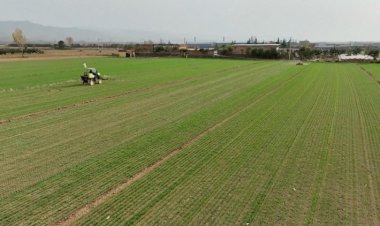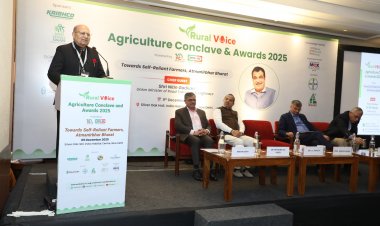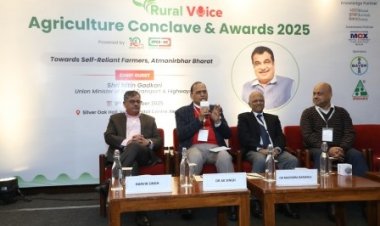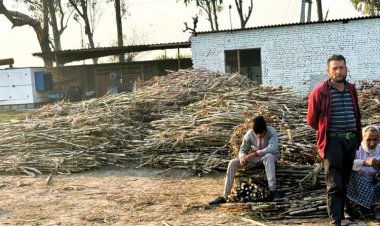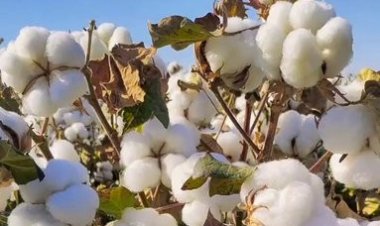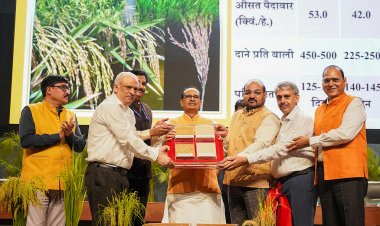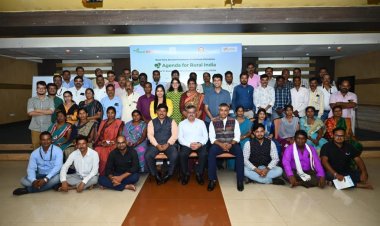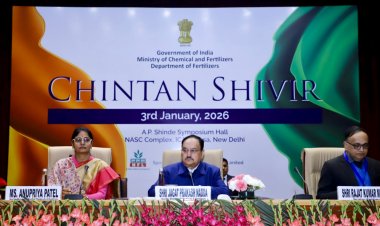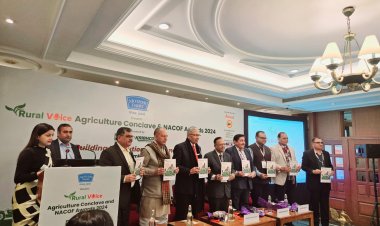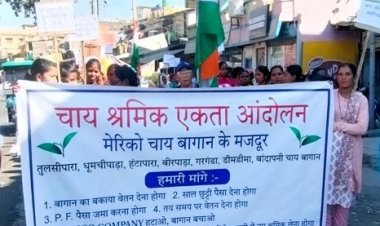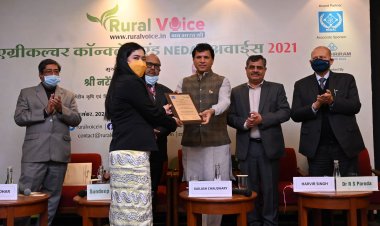Increasing productivity, doubling farmers’ income twin challenges: Dr RS Paroda, Former DG, ICAR
Bold policy decisions to do business differently are needed to support new science like biotechnology, information technology (IT), nanotechnology, bioinformatics and artificial intelligence (AI), and innovations such as conservation agriculture, micro-irrigation, protected cultivation, genetically modified (GM) crops, genome editing, hybrid technology, precision nutrient management, and integrated pest management.
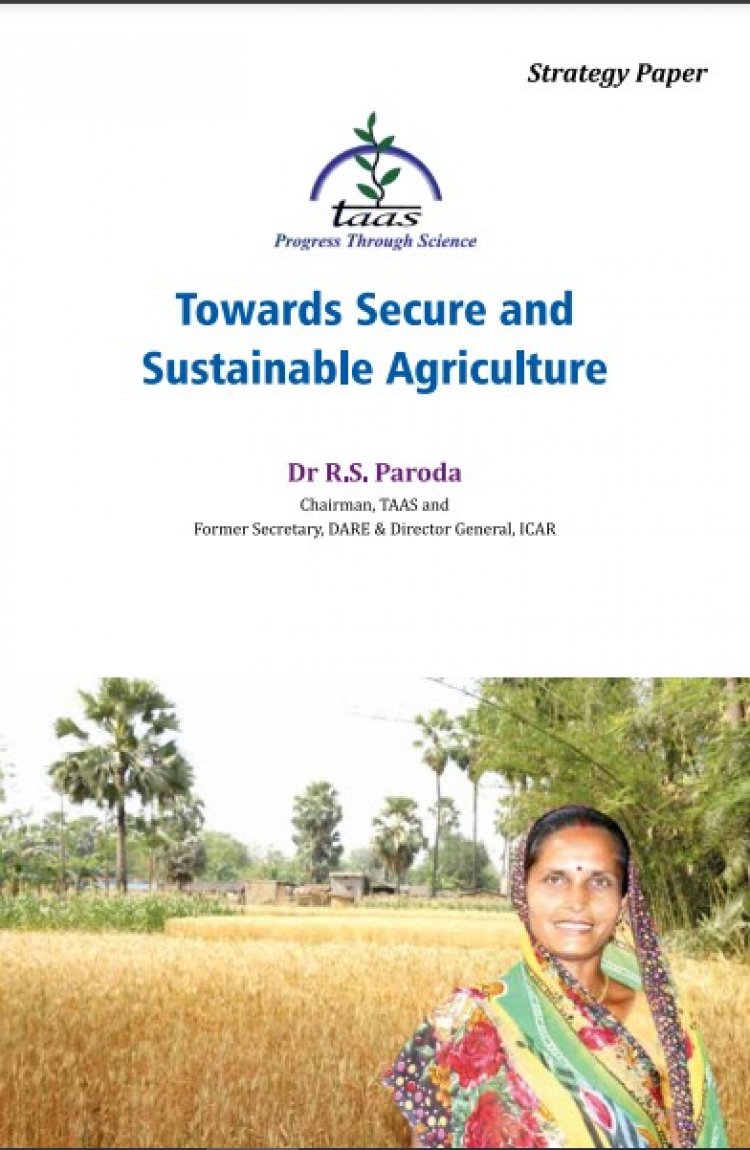
Indian agriculture continues to remain at the forefront of development as it still provides livelihood to half of India’s population. At present, increasing productivity and doubling farmers’ income are the two major challenges despite a decline in the average size of land holdings.
Against this backdrop, Dr Raj Paroda, former Director General, Indian Council of Agricultural Research (ICAR) and Secretary, Department of Agricultural Research and Education (DARE), Government of India, says the requirement now is to increase productivity, decrease the cost of production and increase the income of the farmers by linking them to markets.
“Also, we need to ensure that these gains are sustainable, which otherwise is not an easy task,” Paroda, who is presently Chairman of Trust for Advancement of Agricultural Sciences (TAAS), says in a strategy paper titled ‘Towards Secure and Sustainable Agriculture’.
As such, as already emphasized, bold policy decisions to do business differently are needed to support new science like biotechnology, information technology (IT), nanotechnology, bioinformatics and artificial intelligence (AI), and innovations such as conservation agriculture, micro-irrigation, protected cultivation, genetically modified (GM) crops, genome editing, hybrid technology, precision nutrient management, and integrated pest management.
Currently, new opportunities are unfolding in the form of increased demand for agricultural commodities both in domestic and global markets. The growing international demands for rice, wheat and maize besides cotton, soy meal, fruits, vegetables, fish, meat, poultry, etc. have opened up enormous opportunities for boosting agricultural exports. In addition, the increasing demand for high-value commodities such as fruits, vegetables, milk, meat, flowers, etc. and agri-processed products in the domestic markets point out the potential for economic growth in the farm sector.
The role of the corporate sector in developing and delivering market-driven technologies, besides the government support for contract farming, agro-processing, organized retailing and exports do reflect the needed impetus to Indian agriculture. Some of these encouraging developments are taking place around the value chain harnessing the concept of ‘farm to fork’ and reversing the trend towards ‘fork to farm’ production systems. Hence, there is a need to have in place innovative policies, appropriate institutional arrangements and market-driven initiatives, to harness untapped growth opportunities for our smallholder farmers.
Emphasis on innovation both for upscaling and outscaling is critical for accelerating the growth and development of agriculture. Those countries that have given high priority to scaling new and rather disruptive innovations have progressed much faster. Hence, greater emphasis needs to be given on harnessing possible gains through translational research, for which an enabling policy environment has to be in place.
Motivating and attracting youth in agriculture
Globally, there is an increasing concern that the generational gap in agriculture-aged farmers’ efficiency is declining, while youth are not interested in taking agriculture as a profession. On the contrary, given support and incentives, the present-day youth can face new challenges more effectively. They are capable of adopting new concepts, ideas and technologies being critical for increasing production. In fact, those nations with motivated youth engaged in diverse, secondary and specialty agriculture, supported by enabling policies, have progressed well, Paroda points out.
India, with a median age of 29 years with the largest population of youth (356mn in 10- and 24-year age group) in the world (United Nations, 2014) has only 5 per cent of the rural youth engaged in agriculture though over 50 per cent of the population still derive their livelihood from farming and allied activities.
Reforms needed in agriculture
India’s agricultural policies must address multiple mandates such as the production imperative (national food security), the consumer imperative (keeping food prices low for a large low-income population) and the farmer welfare imperative (raising farmer’s income). Realizing the significance of agriculture in India’s socio-economic framework, the government has set an agenda of doubling farmers’ income by raising productivity, cutting down on input costs, and promoting diversification towards high-value, low-volume agriculture. For this to happen, Indian agriculture needs several fundamental reforms, Paroda adds.
Specific details relating to suggested reforms and implementation strategy to ensure secure and sustainable agriculture are given in the Paroda Committee Report submitted to the Government of India in August 2018. The committee was constituted by the Principal Scientific Advisor and the report both in English and Hindi is available on the websites of PSA at www.psa.gov.in and TAAS at www.taas.in.



 Join the RuralVoice whatsapp group
Join the RuralVoice whatsapp group


















